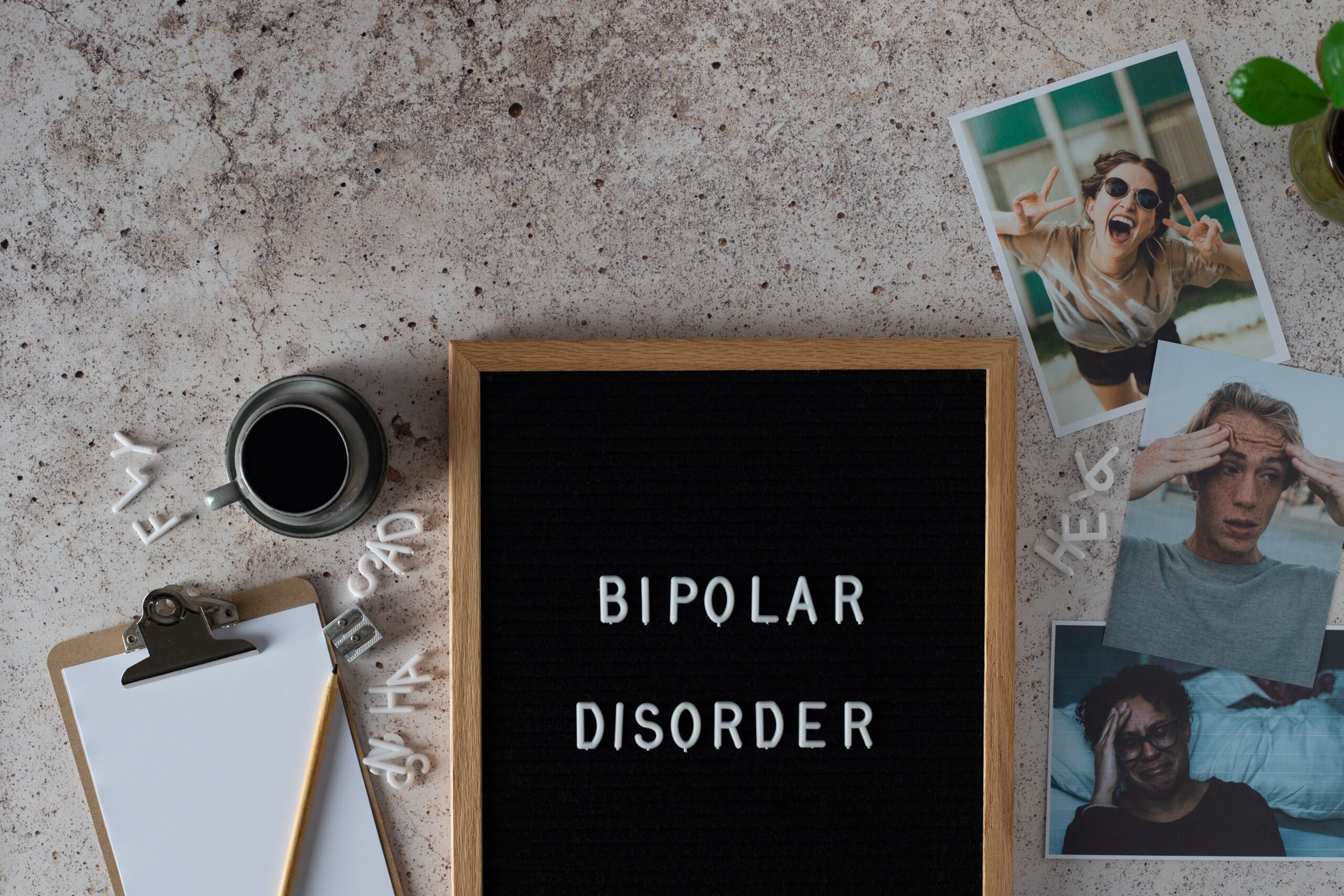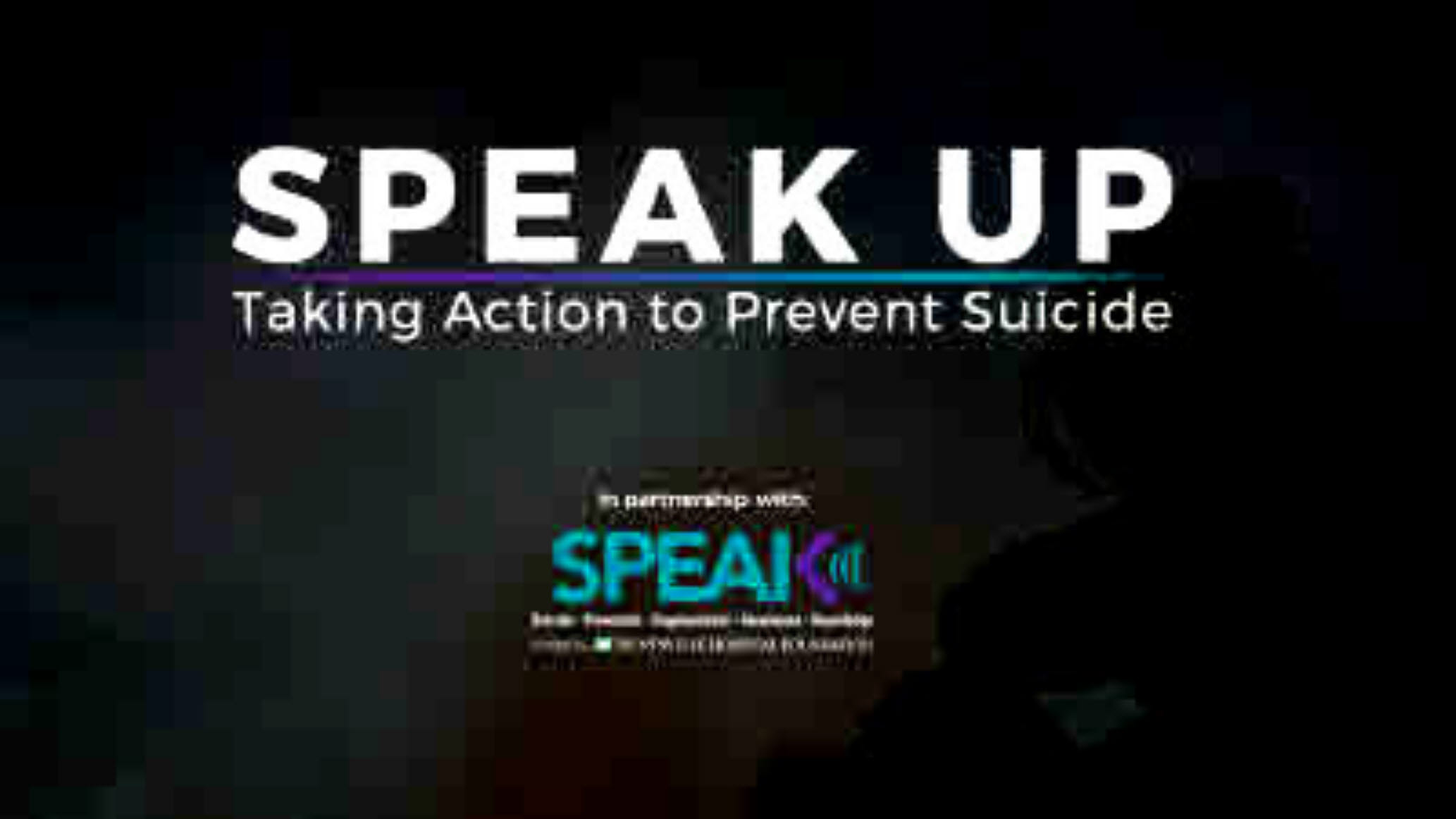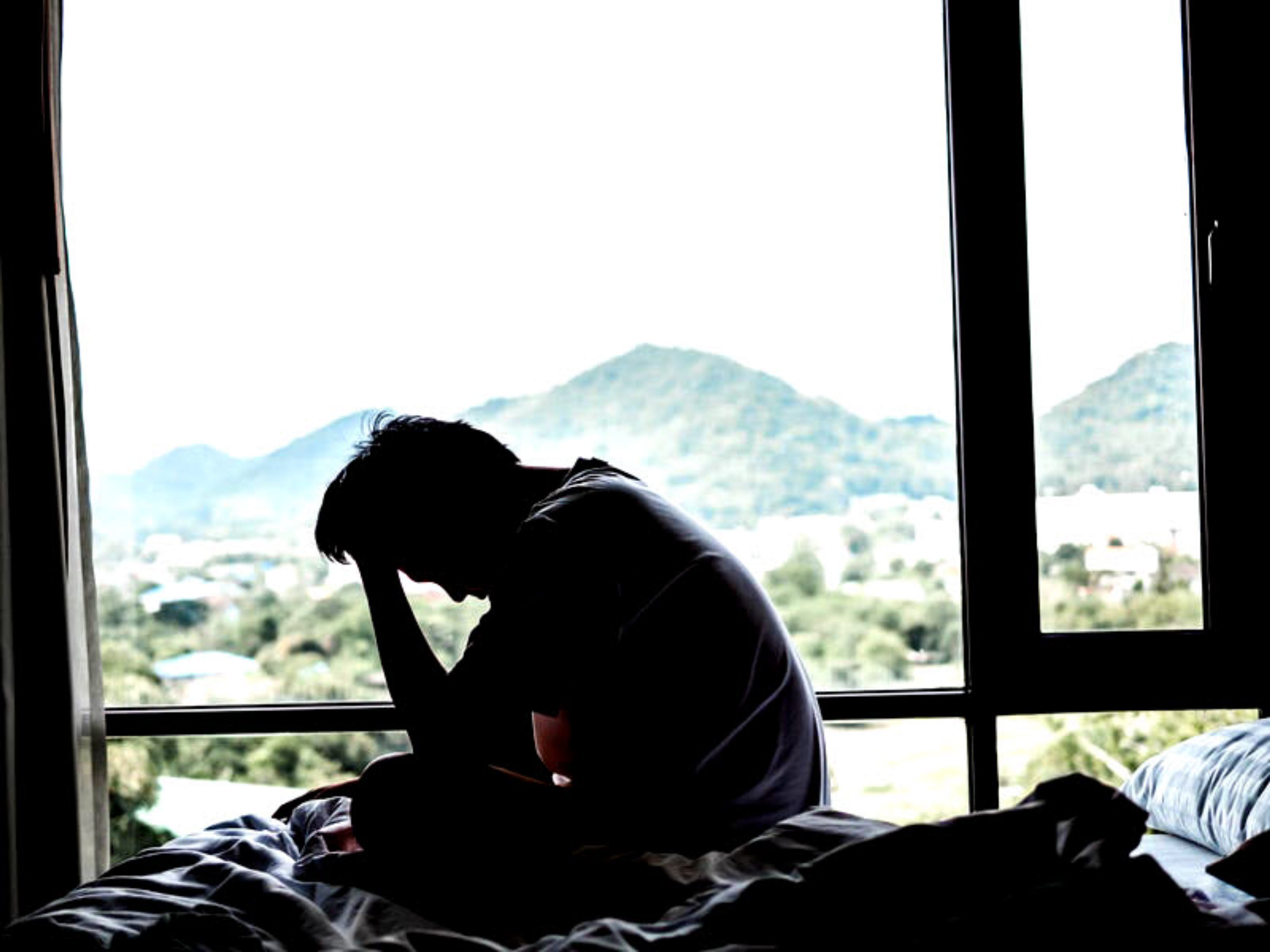
And how #behavioral treatment, along with medicine, improves outcomes
Writer: Caroline Miller
Clinical Expert: Jill Emanuele, PhD
What You'll Learn
- What is bipolar disorder?
- Why is bipolar disorder hard to diagnose, especially in teens?
- How is bipolar disorder treated in adolescents?
- Quick Read
- Full Article
- What does onset of bipolar disorder look like?
- How is bipolar disorder diagnosed?
- Treatment
A person with bipolar disorder has very extreme mood swings, from feeling very low or depressed to high or “manic.” They may have psychotic episodes, which means they hear or see things that aren’t real.
#Bipolardisorder is usually diagnosed in adolescence, though it can also be diagnosed in children and older #adults. Since teens are known for being moody, those who develop bipolar disorder often wind up getting the wrong diagnosis or none at all.
Bipolar disorder usually shows up first as bad depression. Symptoms include not only sadness but feeling like a failure, feeling confused, and being very tired. A teen may even think about suicide. Since a manic episode may not appear for months or even years, this is often treated just as depression, so they miss out on treatment for bipolar that could help them.
Bipolar disorder can also show up as either a big manic episode or a milder one called “hypomania.” A teen may seem way too happy for no reason. They also may think and speak very fast, do dangerous things and need very little sleep. This can be mistaken as the impulsiveness or hyperactivity of ADHD.
Sometimes the first episode of either mania or depression can include breaks from reality, such as hallucinations or delusions. When this happens, it can be misdiagnosed as schizophrenia.
It takes an expert to figure out if a teen has bipolar disorder. Doctors rely on family members to describe the teen’s moods and symptoms over time. Getting the diagnosis right is important because the longer someone has symptoms, the higher their risk of suicide.
The best treatment for bipolar disorder in teens is medications called mood stabilizers combined with specialized therapy. There are three kinds of therapy that have been shown to work well for #bipolardisorder in #adolescence. Family-focused therapy gets everyone at home involved and is aimed at lowering the #stress level at home. #Cognitivebehavioraltherapy (#CBT) is aimed at changing negative ways of thinking. #Interpersonalandsocialrhythmtherapy (#IPSRP) focuses on what are called “social rhythms,” and it helps a #teen reduce #stress by keeping a regular schedule for things like eating and sleeping, going to school or work, and seeing friends. For more information about these therapies, see the full article below.
Bipolar disorder is a #mooddisorder characterized by dramatic highs and lows — periods of depression alternating with mania, or extremely elevated mood.
Bipolar disorder is most often diagnosed in #adolescence or early #adulthood, though it can be diagnosed in childhood or in later adulthood. The mean age of onset is 18, and between 15 and 19 is the most common period of onset. But the disorder’s first signs are very often overlooked or mischaracterized. At the outset, bipolar symptoms are commonly mistaken for #ADHD, #depression, #anxiety, #borderlinepersonalitydisorder and, in its more severe manifestations, as #schizophrenia.
That’s because the first symptoms of this disorder are unusually varied. Only over time does the pattern of alternating high and low moods become clear, meaning that in many cases people with #bipolardisorder are left waiting months, or even years, for an accurate diagnosis. And that waiting can have serious consequences, including treatment that’s not effective.
What does onset of bipolar disorder look like?
In some #patients, the first sign of bipolar disorder is what appears to be a major depressive episode. Others experience full-blown mania or hypomania — a less extreme form of mania. Still others experience a confusing combination of symptoms called a “mixed episode,” which has elements of both depression and mania.
Here is a closer look at what a first episode might look like:
Depression: When the first episode of bipolar disorder is depression, symptoms can develop slowly, reports Michael Strober, PhD, who is Distinguished Professor of Psychiatry, and Senior Consultant to the Youth Mood Disorders Treatment and Research Program at the David Geffen School of Medicine at UCLA. Bipolar depression usually includes not only the sadness or irritability we associate with depression, but delusions of failure, exaggerated feelings of guilt, #mental confusion and profound physical slowness.
Despite these differences, Dr. Strober notes that symptoms of bipolar depression are often misdiagnosed as major depressive disorder early on, because alternating periods of mania (or hypomania) may not appear until months or years later.
Mania: Unlike the gradual descent into #depression, when the initial episode is mania the onset can be “like a thunderclap,” says Wendy Nash, MD, a #child and #adolescent #psychiatrist. An initial manic episode might be characterized by grandiose thinking, risk-taking, accelerated speech and thought, and euphoria or irritability.
It’s not unusual for the #behavior to be so extreme that the #patient ends up hospitalized — or even arrested. Dr. Nash gives an example of a college student who inexplicably shifts from normal #behavior to overdrive: Suddenly they’re up all night, hyper-talkative, loud, and combative, maybe even getting into fights, acting so rashly and erratically that police are called.
In younger #children, mania may be misinterpreted as the hyperactivity and impulsivity of #ADHD.
Hypomania: Sometimes the initial episode of bipolar disorder is the less extreme form of mania called hypomania, and these episodes are often missed, Dr. Nash notes. The person may be talkative, grandiose, highly productive, a little moody and irritable, but the symptoms aren’t as disruptive or dangerous as in full-blown mania, and patients themselves don’t perceive themselves as disordered.
“Hypomania is trickier to diagnose,” adds Jill Emanuele, PhD, Senior Director of the #MoodDisorders Center at the #ChildMindInstitute. “Adolescents with hypomania aren’t as flagrantly out of control as those with full-fledged mania, who can be dangerously impulsive and reckless.”
Mixed episode: Finally, some people with bipolar disorder experience what’s called a mixed episode, which includes characteristics of both depression and mania. In a mixed episode, a patient has a depressed mood but racing thoughts and speech, agitation, and anxious preoccupations — what one patient describes as being over-caffeinated and tired at the same time.
In a mixed episode, obsessive negative thoughts can be misdiagnosed as #anxiety, notes Dr. Strober.
Psychosis: Some first episodes of either mania or depression can be so severe they include psychotic symptoms — breaks from reality such as hallucinations or delusions. When this happens, it can be misdiagnosed as #schizophrenia.
How is bipolar disorder diagnosed?
A diagnosis of bipolar disorder is based on a detailed history that tracks changes in mood over time; as one expert puts it, think of it as a movie, not a snapshot.
“You need to get the timeline of mood shifts,” notes Dr. Emanuele, “and that takes a very careful diagnostic assessment.” Without treatment, bipolar episodes usually last from several weeks to several months. Periods in between episodes, without symptoms of either mania or depression, can last weeks, months or years.
Interviewing family members or friends can be important, since #patients themselves may not recognize manic or hypomanic symptoms as harmful or disordered. Eliciting a family history is also important because bipolar disorder is more common in people who have first-degree relatives (a #parent or sibling) with the disorder.
To determine whether elevated or depressed moods meet the criteria for #bipolardisorder, a clinician looks for these criteria:
Signs of mania:
- Drastic personality changes
- Excitability
- Irritability
- Inflated self-confidence
- Extremely energetic
- Grandiose/delusional thinking
- Recklessness
- Decreased need for sleep
- Increased talkativeness
- Racing thoughts
- Scattered attention
- Psychotic episodes, or breaks from reality
Signs of #depression:
- Depressed or irritable mood
- Loss of interest or pleasure in things once enjoyed
- Marked weight loss or gain
- Decreased or increased need for sleep
- Prolonged sadness
- Restlessness
- Lethargy
- Fatigue
- Feelings of #hopelessness, helplessness, worthlessness
- Excessive or inappropriate guilt
- #School avoidance
- Avoids friends
- Cloudy or indecisive thinking
- Preoccupation with death, plans of #suicide or an actual #suicideattempt
- Psychotic episodes — breaks from reality
These criteria describe the most severe form of the disorder, called #bipolarIdisorder. People may also be diagnosed with #bipolarIIdisorder, in which less severe episodes of hypomania replace manic episodes.
One of the most concerning things about bipolar disorder is that the lifetime #suicide risk is 15 times that of the general population. Factors which elevate this risk for individuals include the severity and persistence of depression and the presence of mixed episodes, which combine depressive symptoms and the activation of mania.
Treatment
While medication has for many years been the first-line treatment for bipolar disorder, over the last several decades specialized forms of psychotherapy have been developed to work alongside medication. Research shows that the most effective treatment for bipolar disorder combines medication and psychotherapy.
Medication: The go-to treatment for bipolar disorder is usually a group of medications called mood stabilizers, including lithium and some drugs called anticonvulsants. Mood stabilizers are generally effective at treating manic symptoms and lowering the frequency and severity of both manic and depressive episodes. But the depression is tougher to treat than the mania, and antidepressants are sometimes added to treat bipolar depression. Given alone, antidepressants can trigger manic symptoms, so they need to be prescribed with great care.
Atypical antipsychotics are also used, especially in #adolescents, Dr. Nash reports. While mood stabilizers are very effective in #adults, she says, in #adolescents an a typical antipsychotic is often more effective.
Many people with bipolar disorder take more than one medication and the drugs can have complex interactions, leading to significant side effects if they are not effectively monitored by an experienced clinician.
Therapy: Several forms of psychotherapy adapted for bipolar disorder have been shown to speed recovery from an acute episode of mania or depression, delay recurring episodes, decrease #suicideattempts, and increase medication adherence.
#James Donaldson notes:Welcome to the “next chapter” of my life… being a voice and an advocate for #mentalhealthawarenessandsuicideprevention, especially pertaining to our younger generation of students and student-athletes.Getting men to speak up and reach out for help and assistance is one of my passions. Us men need to not suffer in silence or drown our sorrows in alcohol, hang out at bars and strip joints, or get involved with drug use.Having gone through a recent bout of #depression and #suicidalthoughts myself, I realize now, that I can make a huge difference in the lives of so many by sharing my story, and by sharing various resources I come across as I work in this space. #http://bit.ly/JamesMentalHealthArticleFind out more about the work I do on my 501c3 non-profit foundationwebsite www.yourgiftoflife.org Order your copy of James Donaldson's latest book,#CelebratingYourGiftofLife: From The Verge of Suicide to a Life of Purpose and Joy
www.celebratingyourgiftoflife.com
“A major challenge to treatment is compliance with medication,” notes Dr. Emanuele, and psychotherapy increases compliance. It also helps people make changes in their lives to avoid triggering symptoms. “Psycho-education helps people manage their lives with the disorder, and psychotherapy helps them deal with thoughts and feelings.”
An NIMH-funded study of bipolar #patients found that treatment with one of three psychotherapies along with medication “significantly enhance a person’s chances for recovering from depression and staying healthy over the long term.”
The three therapies are:
- #Familyfocusedtherapy (#FFT): #FFT engages #parents and other family members in keeping track of symptoms and improving communication and problem-solving in the home, to avoid spikes in family #stress, which can lead to episodes.
- #Cognitivebehavioraltherapy (#CBT): #CBT focuses on helping the #patient understand distortions in thinking and activity, and learn new ways of coping with the illness
- #Interpersonalandsocialrhythmtherapy (#IPSRT): #IPSRT focuses on helping the #patient stabilize daily routines and sleep/wake cycles, and solve key relationship problems, to avoid triggering an episode.
IPSRP, the most recent of these therapies, is based on the concept that a healthy person has regular social rhythms — when you get up, eat meals, go to #school or work, see other people, sleep, etc. — and #bipolardisorder may be caused by those rhythms being destabilized.
IPSRT focuses on helping patients reduce interpersonal stressors and disruptions to a stable lifestyle, in order to forestall new episodes of mania or #depression. #Patients learn to improve relationship skills and keep regular patterns of eating, socializing and sleeping.
While IPSRT was developed for #adults, it has been adapted for #adolescents and is especially suited to the latter, notes Ellen Frank, an expert in #mooddisorders treatment at the University of Pittsburgh who, with colleagues, developed the therapy. Adolescence is a particularly sensitive period for interpersonal turmoil, and #adolescents are prone to chronic sleep deprivation and radical shifts in sleep patterns, she writes. “They often have very dysregulated sleep and social routines that would be especially harmful for a #teenager with BD.”
Contrary to earlier thinking, research shows that the course of the disorder is no different whether it develops before or after age 18, Dr. Strober reports.
#Bipolardisorder is a chronic disorder, but with a combination of medications, psychotherapy, #stress-management, a regular schedule and early identification of symptoms, many people live very well with the diagnosis.
https://standingabovethecrowd.com/2023/07/jamesdonaldson-on-mentalhealth-bipolardisorder-why-its-often-misdiagnosed/






 Image by Jo Panuwat D via Shutterstock
Image by Jo Panuwat D via Shutterstock




